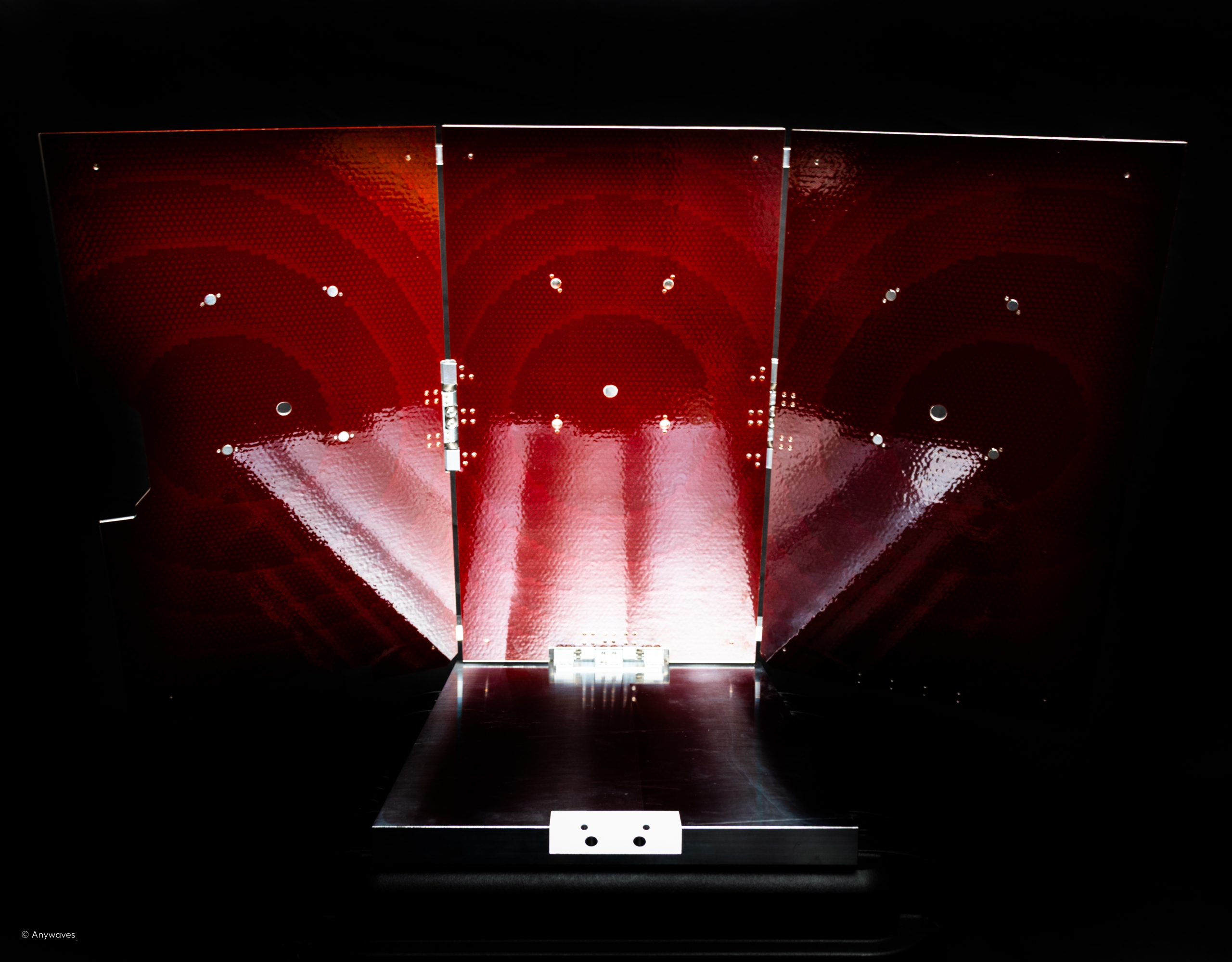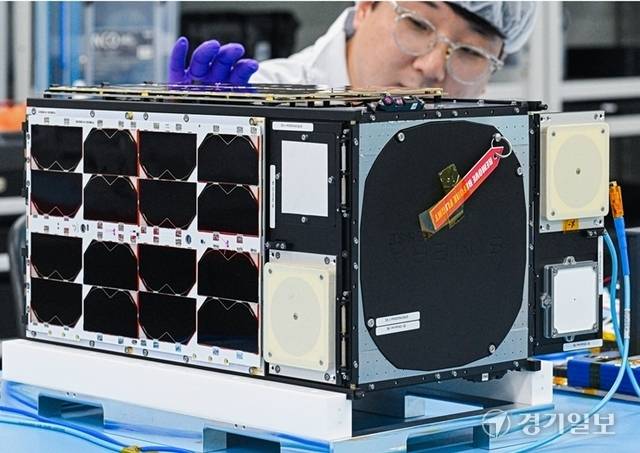Other news

What is Antenna Gain in Satellite Communications? (Explained simply)
Read more
Reflectarray Antennas for Small Satellites: From Concept to First Commercial Deployment
Read more
When you imagine a satellite orbiting Earth or traveling to the outer Solar System, you probably picture solar panels, cameras, sensors… but what about the antennas?
Antenna size might sound like a niche detail — but in space systems, it’s everything. From ensuring reliable telemetry and command, to beaming back high-resolution Earth images or interplanetary data, antennas are the unsung heroes of connectivity.
But how big are they, really?
Let’s just say: it depends — on a lot of things.
It’s a deceptively simple question — and one that doesn’t have a one-size-fits-all answer (pun intended). The truth is, antenna size in space can range from a few centimeters to tens of meters. It all depends on the mission, the frequency, the technology, and the cleverness of the engineers behind them.
In this guide, we’ll unpack:
Let’s break it down — wavelength by wavelength.
When we talk about antenna size, we’re actually talking about electrical size, not just physical size. That means:
For RF engineers, the guiding principle is:
The lower the frequency, the longer the wavelength — and the bigger the antenna.
So if your satellite is using UHF (Ultra High Frequency), you’ll likely need a longer antenna than if you’re working in Ka-band (much higher frequency).
Let’s start small: CubeSats and nanosatellites.
These tiny spacecraft (10 to 30 cm in size) don’t have much room for oversized hardware. So antennas must be compact — or deployable. Common types include:
Example: A 3U CubeSat using an S-band patch antenna for telemetry and command might have an antenna surface area of just 10–15 cm². Or even less! Our Compact S-Band Antenna, for example, only measures L 70.9 x W 70.9 x H 10.3mm³!
Even in a tiny format, though, these antennas are engineered with millimeter precision for optimal gain and radiation pattern.
Next up: Earth observation, telecom, and navigation satellites — typically in LEO, MEO or GEO.
These platforms often carry antennas designed for:
A few examples:
These antennas often need to be stowed for launch, then deployed with mechanical actuators or memory materials (hello, origami!).
If you’re talking to a probe that’s billions of kilometers away — you need a big dish. Like, really big.
You can’t just slap a giant antenna onto a satellite. Designers have to juggle:
Oh, and don’t forget: it has to survive launch vibration and then work perfectly in a vacuum. Some designs use shape-memory alloys or inflatable structures. Others rely on ultra-light carbon composites. Every gram — and every dB — matters.
Great question. Smaller antennas are tempting — lighter, simpler, usually cheaper. But there’s a catch:
That’s why deep-space missions favor big, high-gain antennas: there’s no room for compromise when your signal travels for hours across the solar system.
“Short answer? It depends. Long answer? It still depends — but now you know why!”
It turns out, space antennas come in all shapes and sizes — just like the missions they serve. Whether it’s a 3D-printed ceramic patch for GNSS reception on a CubeSat, or a large deployable mesh antenna for radar or deep-space comms, size is always a tradeoff between RF performance and spacecraft constraints.
At Anywaves, we’re very proud to say that some of our smallest antennas in orbit are performing some of the most demanding jobs — reliably, efficiently, and elegantly.
Because one thing is sure: we will always make the right size for the mission.



If you have any question, we would be happy to help you out.